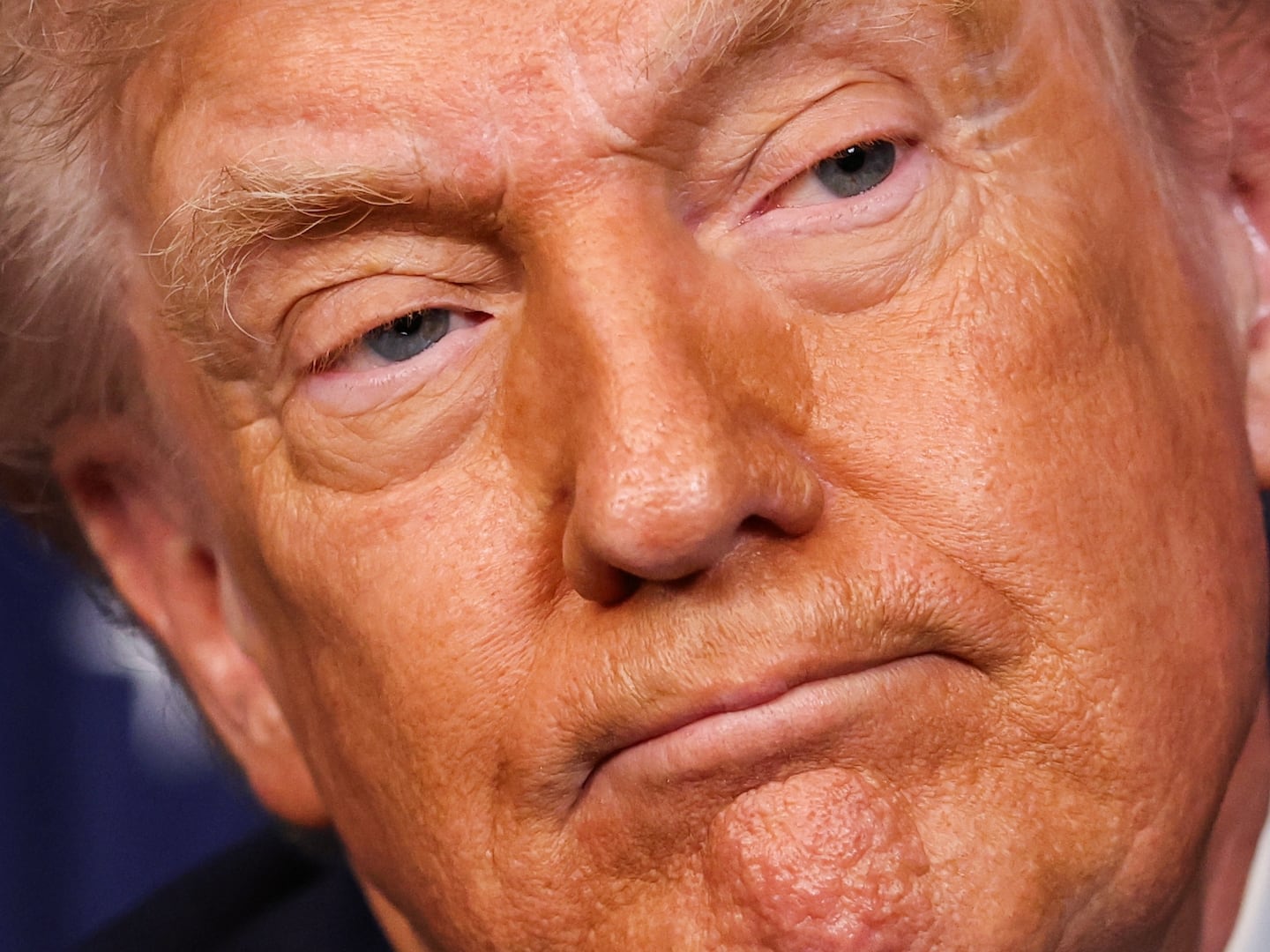There is a widely held belief in the United States today that Islam is a religion that goads its followers to violence. And indeed, global terrorism today is disproportionately an Islamist phenomenon, as I show in my recent book. The headlines in the past months have been full of Islamist-fueled violence, such as ISIS killing its hostages, the attacks on Charlie Hebdo in Paris, and yesterday’s attack on a Copenhagen café.
And a cursory look at the data shows that from 1994-2008, I found that 204 high-casualty terrorist bombings occurred worldwide and that Islamists were responsible for 125, or 61 percent, of these incidents, accounting for 70 percent of all deaths.
I exclude from the data all terrorist incidents that occurred in Iraq after the American invasion, and I consider attacks on occupying military forces anywhere to be guerilla resistance, not terrorism. I also use a restrictive definition of “Islamist” and classify attacks by Chechen separatists as ethnonational rather than Islamist terrorism. In other words, even when we define both “terrorism” and “Islamist” restrictively, thereby limiting the number of incidents and casualties that can be blamed on Islamists, Islamists come out as the prime culprits.
So, all that would seem to suggest Islam is more violent, right?
Not so. Rewind fifty or a hundred years and it was communists, anarchists, fascists, and others who thought than any means justified their glorious ends. Even now, Islamists are by no means the sole perpetrators. The Tamil Tigers in Sri Lanka and Colombia’s “narcoterrorists” blow up civilians and have nothing to do with Islam. In the United States, law enforcement considers the “sovereign citizens movement” to be a greater threat than Islamist terrorists. However, Islamists do commit most of the terrorism globally these days.
Look more closely, though, and you’ll see they don’t attack in the West very often. Of the 125 attacks committed by Islamists that I studied, 77—62 percent—of them were committed in predominantly Muslim countries, and their victims were overwhelmingly other Muslims. Another 40 attacks took place in just three countries—Israel, India, and the Philippines. Only four of the 125 attacks happened in the Western Hemisphere or Europe. They were ghastly and dramatic, just as they were intended to be. But they were, and still are, rare.
That means the risk of an American being killed by any act of terrorism in a given year is roughly one in 3.5 million, and the chances are that the act of terrorism won’t be committed by an Islamist. These facts are all the more remarkable given how easy it is to be a terrorist. The attacks on Charlie Hebdo were well-planned, but any cretin acting alone can throw a homemade bomb into a crowded café—or walk into a classroom and open fire. Three million Muslims live in the United States, and odds of an American being crushed to death by their own furniture or television exceed those of being killed by an Islamist.
Things get even more interesting when we look at other ways that people kill each other besides terrorism. In one of the most influential works of social science penned in the late 20th century, Samuel Huntington claimed that Muslim societies are “bloody.” He asserted that they experience more major intrastate political violence, meaning civil wars, rebellions, interethnic clashes, and sustained government repression. These types of violence claim far more lives than do terrorist acts, which take the form of one-off events.
Huntington provided no support for his claim, and I tested it. The world experienced 235 episodes of intrastate violence that claimed over one thousand lives between 1946 and 2007. A total of just over 21 million people lost their lives in these conflicts.
Huntington’s thesis about Muslim bloodiness fares badly when we look at the evidence. In predominantly Muslim countries, on average, 0.65 percent of the population perished in major episodes of intrastate violence. In non-Muslim countries, 0.72 percent died in such episodes on average. In the postwar period, Muslim countries suffered slightly less severely from loss of life in major episodes of political violence than non-Muslim countries.
Analyzing the data is tricky. In order to have confidence in the results, it’s necessary to crunch the numbers in a multitude of ways. But any way you slice the data Huntington’s thesis falls flat. Muslim societies are not more prone to mass political violence than others.
What about violent crime? Here Muslims are way behind the rest of us—and in a good way. Homicide rates in Muslim-majority countries average about two murders per annum per 100,000 people. In non-Muslim countries, the average rate is about 8 per 100,000. Murder rates fluctuate from year to year, but they are consistently low in Muslim societies. The homicide rate in Indonesia, the world’s largest Muslim country, is 1 per 100,000—one-fifth the rate of the world’s largest Christian country, the United States. Christian countries live with murder rates that are unknown in the Muslim world. Brazilians and Mexicans are used to murder rates in the 15-25 range; the rate in Venezuela tops 50. Turks, Egyptians, Iranians, and Malaysians live with rates in the 2-4 range. In a good year, Christian South Africa lives with a murder rate of around 30. In a bad year, the rate in Muslim Senegal is one-tenth of that. Anyone who is skeptical of these numbers is invited to walk through minaret-dotted Dakar and steeple-studded Johannesburg at night and compare their experiences in the two cities. For that matter, have a stroll after dark in the low-income areas of Istanbul or Ankara. Then do so in Philadelphia or Oakland.
Differences this big call for an explanation. We can rule out several possibilities. One is that Muslims live under more authoritarian political regimes where the bad guys have more to fear from the authorities. In fact, the data show that authoritarian regimes do no better at controlling violent crime than democracies do. Even if Muslims generally live under harsher political regimes, they are not less prone to crime for that reason.
Sacred texts don’t explain anything either. The Quran staunchly prohibits murder. But the Bible and the foundational texts of every other major religion do as well.
But one possible explanation arises from the data: Greater socioeconomic inequality is correlated with higher homicide rates, and Muslim societies have comparatively low levels of inequality. The regions with the most murder, Latin America and southern Africa, also have the highest values on the so-called Gini score, the statistic that economists and political scientists use to measure class inequality. High economic inequalities (which is what a high Gini score indicates) and high murder rates go together. Statistical analysis shows that countries with proportionately larger Muslim populations have lower Gini scores and lower murder rates.
We don’t yet know why Muslims have lower murder rates and lower economic inequalities, but we do know that they enjoy both. We also suspect that lower inequalities make for less social tension and less homicide.
Are Muslims violent? These days, global terrorism is mainly Islamist. Even though the vast majority of Muslims oppose terrorism, it’s true their religion has a terrorism problem. Nothing is gained by denying it. But Islamists rarely strike targets in the West, and when it comes to mass political violence, Muslims do better, but only a tiny bit better, than others. They do far better at avoiding murder.
As I get out of my car near home in Oakland tonight, I will miss the relative safety of the teeming slum I once lived near in Surabaya, Indonesia’s second-largest city. And while there are quite a few Muslims in my neighborhood in Oakland, I can’t say I’ll be on edge worrying about a terrorist attack. In fact, the guys in Muslim skullcaps and the women in hijabs I might run into tonight at the Arab-run convenience store down the street will be last folks I’ll fear.





